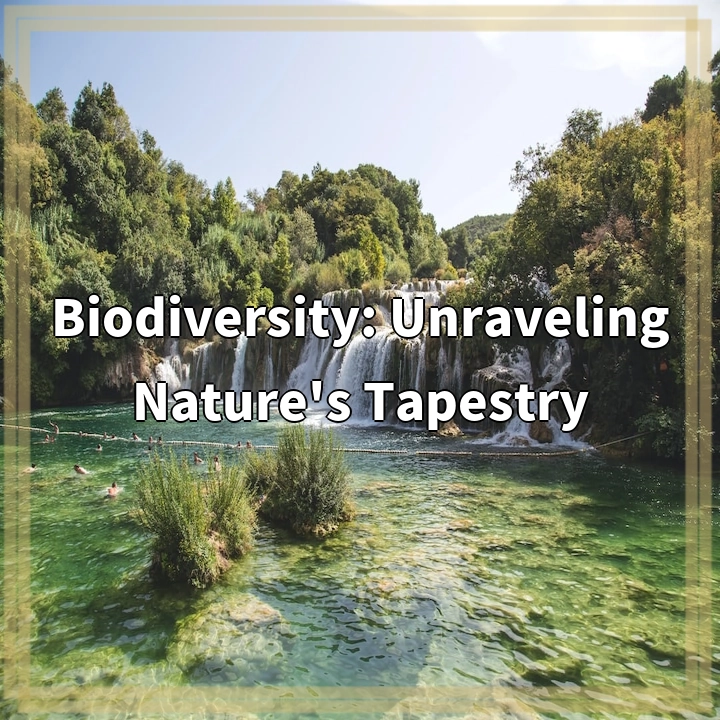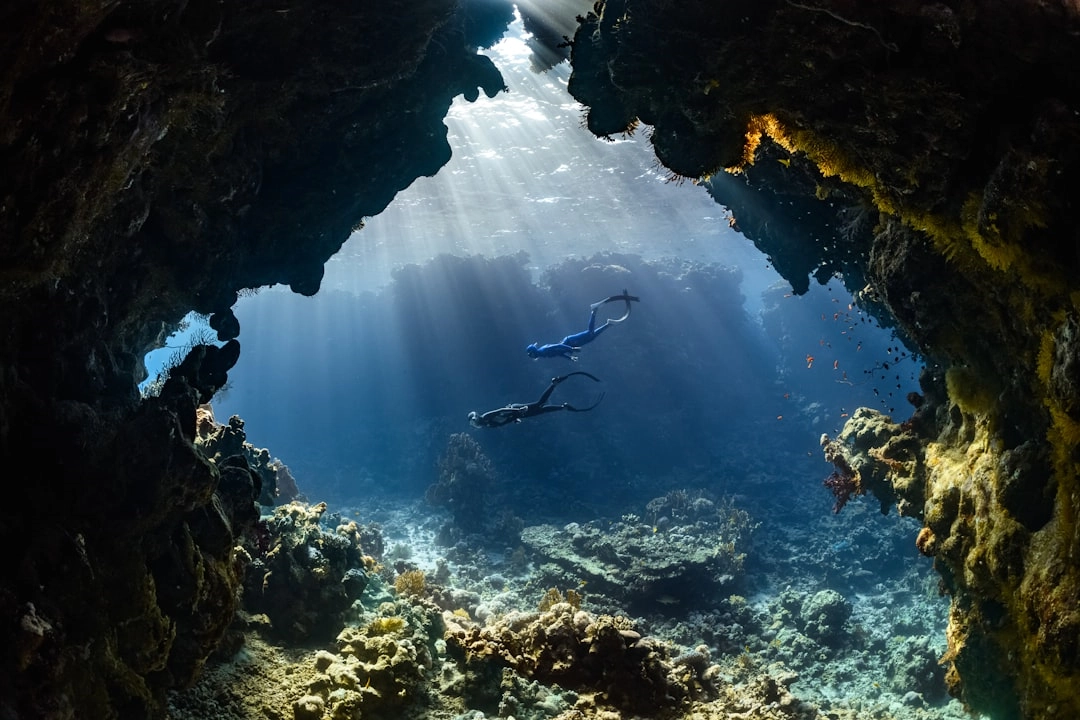
What is Biodiversity?
Biodiversity refers to the variety and variability of life on Earth, including all organisms, ecosystems, and ecological processes. It encompasses the immense richness of plant and animal species, genetic diversity within each species, and the variety of ecosystems and habitats they inhabit. Biodiversity is crucial for the overall functioning, stability, and resilience of our planet’s ecosystems, as well as for the well-being of human societies.
Real-World Problems Associated with Biodiversity
1. Habitat Loss and Fragmentation:
This is one of the most significant threats to biodiversity. Human activities such as deforestation, urbanization, and conversion of natural habitats for agriculture or industrial purposes lead to the loss and fragmentation of ecosystems. This disrupts ecological processes, displaces species, and reduces the available habitat for many plants and animals.
2. Climate Change:
The ongoing climate crisis poses a substantial threat to biodiversity. Rising temperatures, changing precipitation patterns, and extreme weather events directly impact species’ ability to survive and reproduce. Animals and plants face challenges in adapting to rapid environmental changes, leading to shifts in species distributions, altered phenology, and increased extinction risk.
3. Invasive Species:
Invasive species, introduced by human activities, can have devastating effects on native biodiversity. These non-native species often outcompete native flora and fauna, disrupt ecological relationships, and cause the decline or even extinction of vulnerable species. Invasive species can also alter ecosystem processes and reduce ecosystem resilience.
4. Pollution and Contamination:
Pollutants, such as land and water pollutants, pesticides, and chemicals, are harmful to biodiversity. They contaminate ecosystems, affect the health of organisms, and disrupt ecological balance. Pollution can lead to the decline of species, ecosystem imbalances, and the degradation of habitats.
5. Overexploitation and Illegal Wildlife Trade:
Unsustainable exploitation of resources, including overfishing, overhunting, and illegal wildlife trade, pose significant threats to biodiversity. These activities exceed the capacity of populations to recover and disrupt the delicate balance of ecosystems. It puts immense pressure on vulnerable species, leading to population declines and species extinctions.
6. Fragmented Conservation Efforts:
Fragmented conservation and management efforts hinder effective biodiversity conservation. Lack of coordination, inadequate protected areas, weak law enforcement, and insufficient financial resources can compromise conservation initiatives. It is essential to integrate conservation strategies across landscapes and involve local communities for long-term success.
7. Loss of Cultural and Ecological Knowledge:
As biodiversity declines, we also witness the loss of traditional cultural practices and ecological knowledge embedded in indigenous and local communities. This loss not only impacts their identity and well-being but also hinders sustainable resource management and conservation efforts.
Addressing these real-world problems associated with biodiversity requires collective global action, including habitat conservation, sustainable resource management, and the transition towards a low-carbon economy. It is crucial to raise awareness, advocate for stronger environmental policies, and prioritize the protection of biodiversity as a fundamental component of a healthy planet.

Solutions to Biodiversity Loss
Habitat Conservation and Restoration
Preserving and restoring natural habitats is crucial for safeguarding biodiversity. This includes creating protected areas, establishing wildlife corridors, and implementing sustainable land-use practices. Efforts should focus on maintaining intact ecosystems, rehabilitating degraded habitats, and promoting sustainable agriculture and forestry practices.
Addressing Climate Change
Mitigating and adapting to climate change is essential for protecting biodiversity. This involves reducing greenhouse gas emissions, transitioning to renewable energy sources, and promoting sustainable transport options. Additionally, efforts should be directed towards improving ecosystem resilience and supporting species’ ability to adapt to changing environmental conditions.
Preventing Invasive Species
Preventing the introduction and spread of invasive species is crucial. This can be achieved through implementing stringent biosecurity measures, conducting risk assessments for species introductions, and promoting responsible pet ownership. Early detection and rapid response to new invasive species can help prevent their establishment and minimize their impact on native biodiversity.
Reducing Pollution
Efforts to reduce pollution and contamination are necessary to protect biodiversity. This includes implementing strict regulations on industrial and agricultural practices, promoting the use of sustainable and eco-friendly products, and improving waste management systems. Emphasizing the principles of the circular economy can help reduce pollution and promote sustainable resource use.
Sustainable Resource Management
Promoting sustainable resource management is crucial for reducing overexploitation and illegal wildlife trade. This involves implementing responsible fisheries and forestry practices, promoting sustainable agriculture, and supporting local communities in adopting sustainable livelihoods. Balancing economic development with conservation efforts and involving local communities in decision-making processes are key components of sustainable resource management.
Enhancing International Collaboration
Addressing biodiversity loss requires strong international collaboration and cooperation. This involves sharing knowledge and best practices, establishing protected areas networks across borders, and supporting global initiatives and agreements like the Convention on Biological Diversity. Engaging with local communities, indigenous peoples, and stakeholders is vital for ensuring the success and inclusiveness of conservation efforts.















